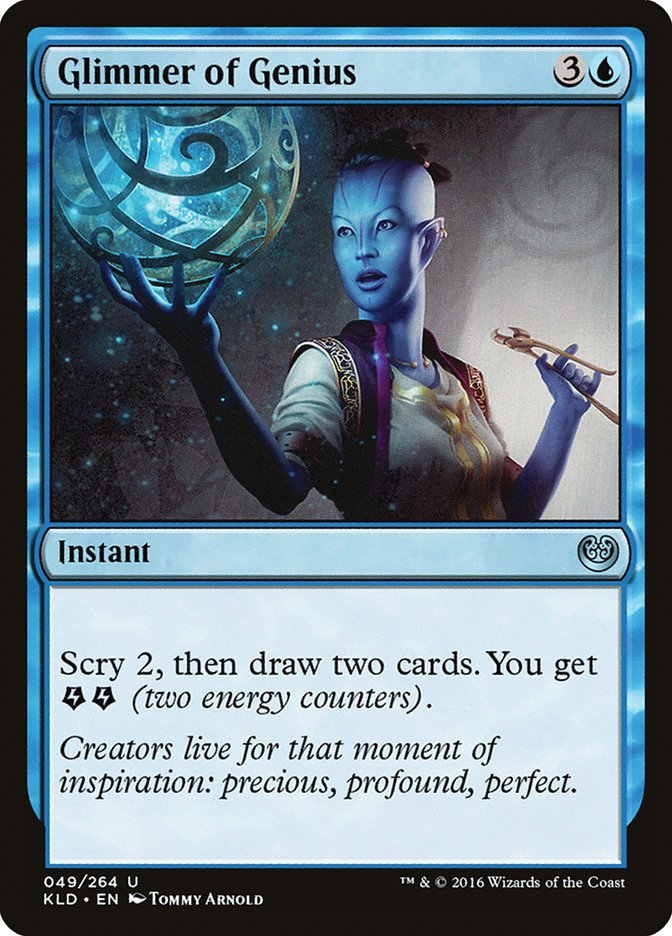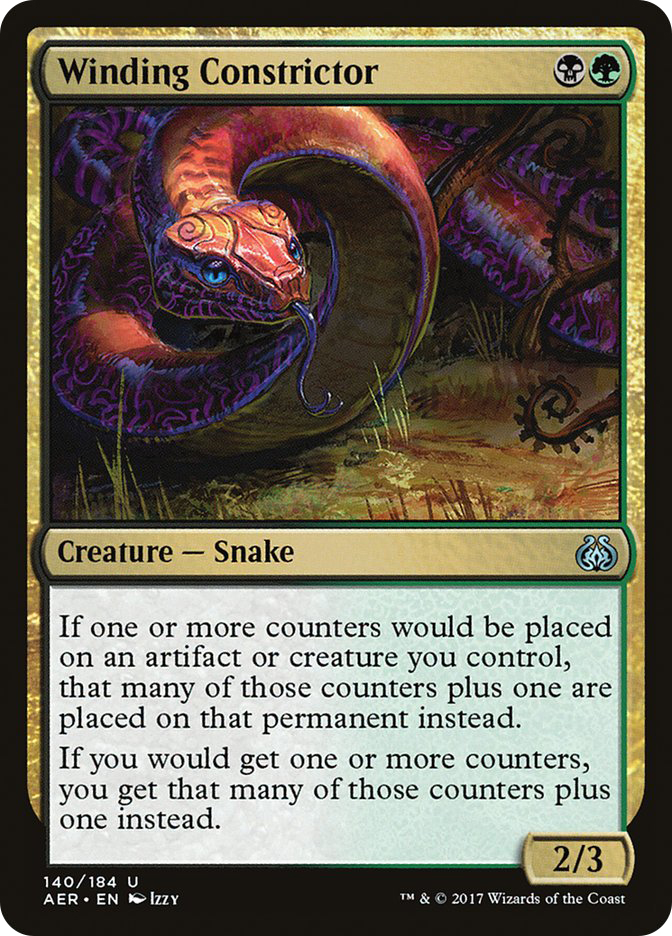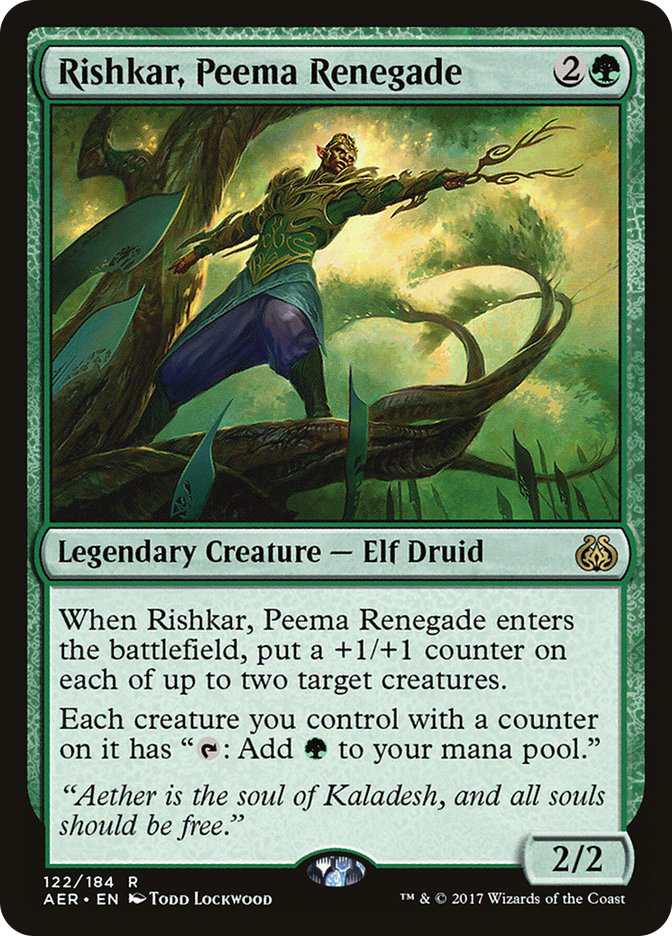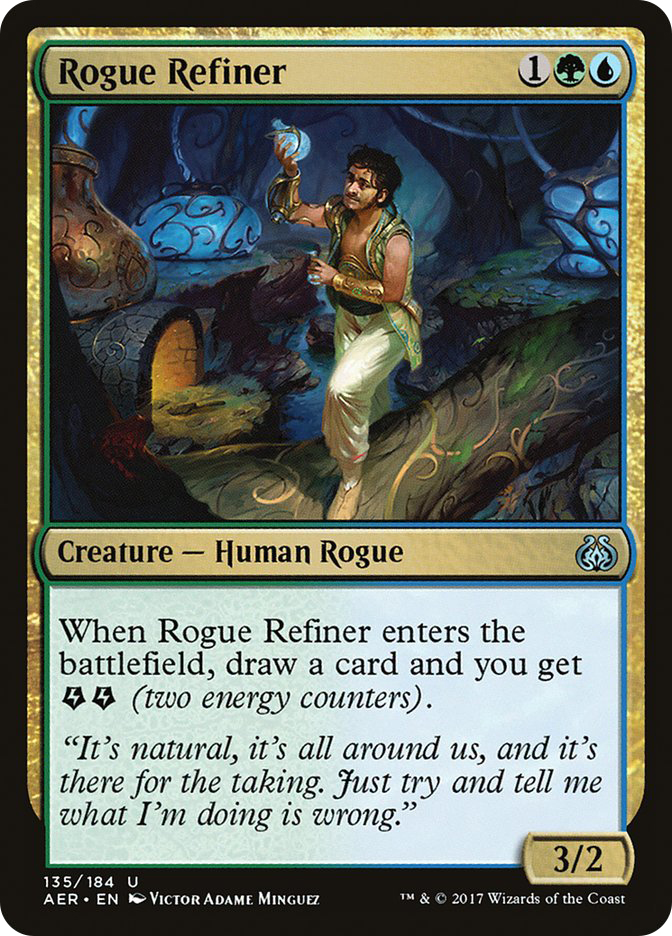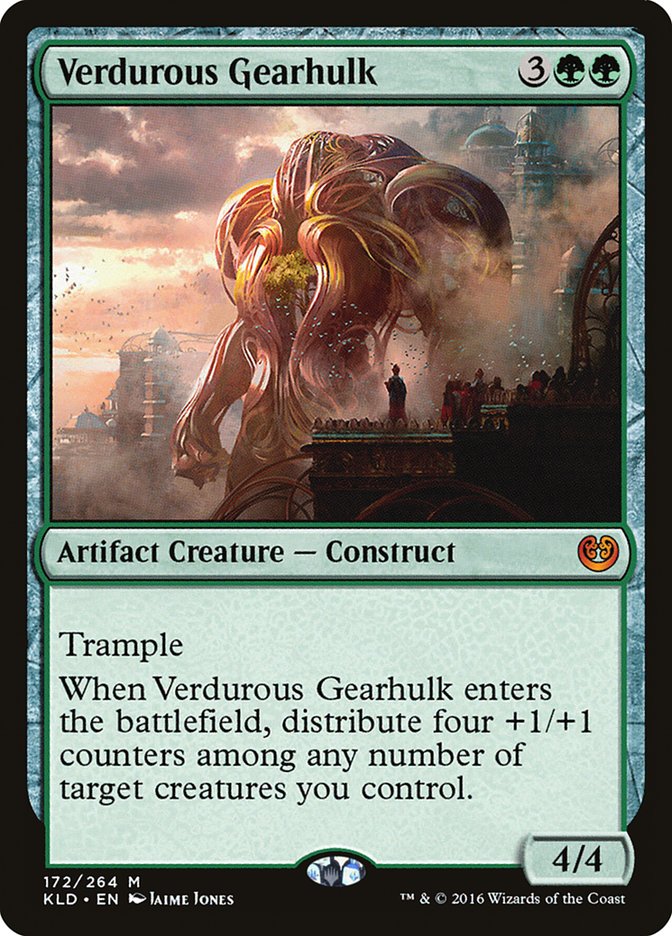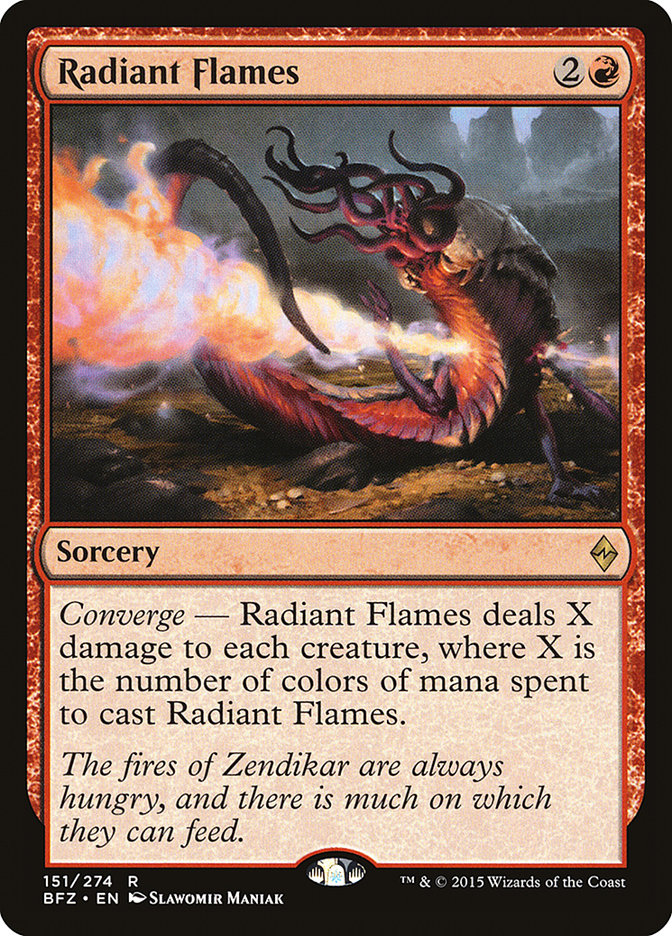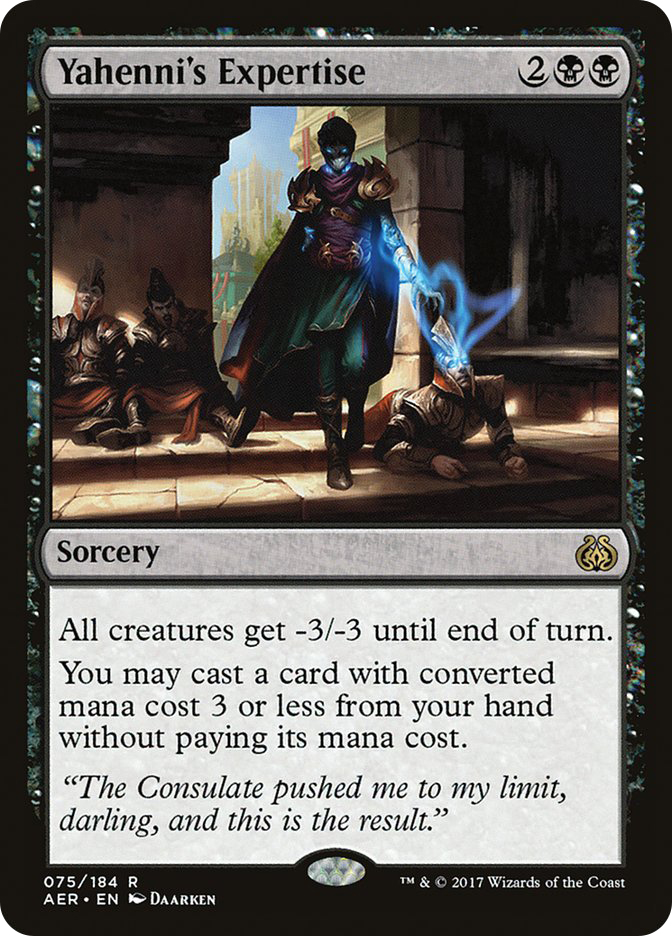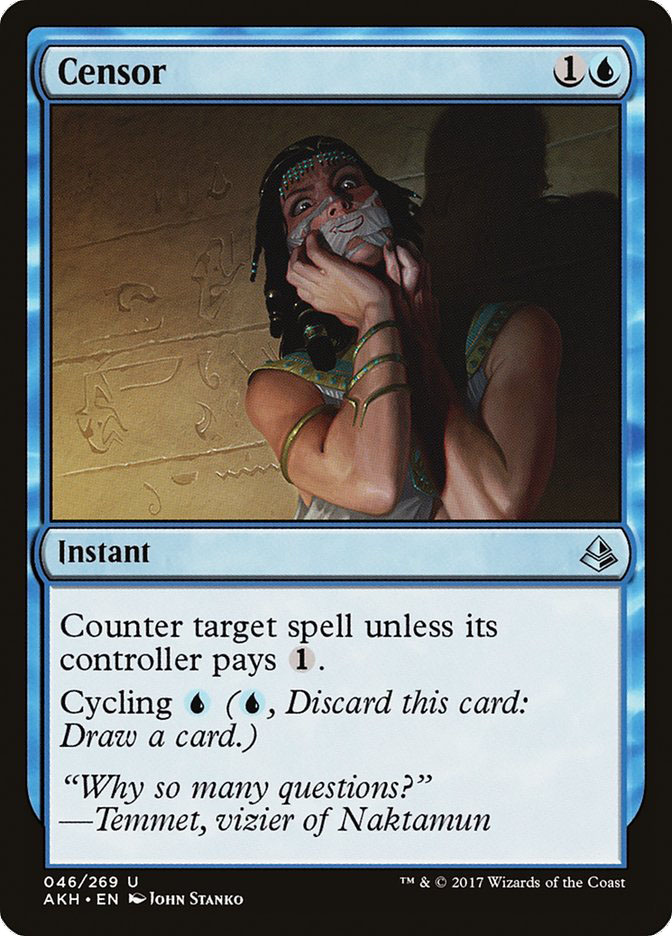The irony is not lost on me. I know how strange it is for me to be writing about the banning of Aetherworks Marvel for the first time since it happened two weeks ago, when I was such a big proponent of it exiting.
Did I think it would be banned? Honestly, not with Felidar Guardian and the other bans early this year. I just assumed that the pill would have to be swallowed, and we’d continue playing Standard as is (or not at all). Regardless, I’m glad that Aetherworks Marvel is gone, and in its place seems to be a cool Standard format.
If you’ve paid attention to Magic Online decklists over the last two weeks (because there hasn’t been a major Standard event since then), then you should have noticed a trend. Only four decks have separated themselves from the rest with a much higher rate of going 5-0 in Leagues, but that doesn’t mean there aren’t some unexplored avenues. For reference, here are those decks:
Creatures (24)
- 4 Relentless Dead
- 4 Diregraf Colossus
- 4 Cryptbreaker
- 4 Metallic Mimic
- 4 Lord of the Accursed
- 4 Dread Wanderer
Lands (24)
- 23 Swamp
- 1 Westvale Abbey
Spells (12)

Creatures (25)
- 3 Verdurous Gearhulk
- 4 Longtusk Cub
- 1 Bristling Hydra
- 2 Greenbelt Rampager
- 4 Winding Constrictor
- 2 Rishkar, Peema Renegade
- 4 Glint-Sleeve Siphoner
- 4 Walking Ballista
- 1 Rhonas the Indomitable
Planeswalkers (3)
Lands (21)
Spells (11)

Creatures (24)
- 3 Tireless Tracker
- 4 Longtusk Cub
- 3 Bristling Hydra
- 2 Whirler Virtuoso
- 4 Servant of the Conduit
- 4 Rogue Refiner
- 4 Glorybringer
Planeswalkers (3)
Lands (21)
Spells (12)

Creatures (17)
Planeswalkers (4)
Lands (25)
Spells (14)

Of these four decks, not a single one is something we haven’t seen before. Even the Temur Energy deck was spotted just a few weeks before the banning of Aetherworks Marvel, winning a SCG Tour Standard Classic in Baltimore and then the Magic Online PTQ the very next day. But while these decks are performing at the highest rate on Magic Online Leagues, I will say this: Magic Online tends to perpetuate results for decks that do well right when a new format starts. When someone sees a cool-looking deck go 5-0, the likelihood that they copy and play that deck is high, which leads to it going 5-0 more often than other fringe strategies.
So here is where we start, and here are the four decks that are most likely to flood the
My two front-runners are B/G Energy and Temur Energy. While you could argue with me about playing U/R Control, I’ve had that bad control taste in my mouth for months and it’s finally starting to wear off. The last thing I want to do is pick up another Torrential Gearhulk….
Stop. We’re getting off-track. Back to the task at hand! Standard is full of diverse…
What are you doing!? I’m trying to work here. And right now we’re talking about Winding Constrictor and Glorybringer, not some stupid, overpriced Snapcaster Mage!
Oh, well don’t you look nice, all dressed up with nowhere to go because I’m not talking about you right now. But maybe later.
All right, so we’re having a difficult time actually putting down Torrential Gearhulk for the Invitational, but I assure you, as longtime friends or frenemies, I won’t be casting Torrential Gearhulk this weekend. Instead, I’ll either be relying on one of these two buggers.
It should be a no-brainer that Glorybringer would be the one to bring me some glory. But Winding Constrictor and I go way back, and the flexibility and power level of B/G just keeps me returning for more. This new iteration featuring Longtusk Cub is a bit different from what I’m used to, but a lot of the deck remains the same as it was four or five months ago. Strange, I know, but comforting still.
So what draws me to B/G Energy over Temur Energy?
But aside from the two-drop slot, the rest of the deck is also pretty sturdy. Verdurous Gearhulk hits hard and is tough for a lot of decks to deal with. Since much of the removal in Standard is pinpoint, like Harnessed Lightning and Fatal Push, spreading counters around can make any of your early drops into a massive threat. Rishkhar, Peema Renegade is similar in this regard but can also help you get ahead on mana. And when you combine either of these cards with Winding Constrictor or Walking Ballista, the results can be catastrophic for the opponent.
While Fatal Push is not the best removal spell right now, it is the best one-mana removal spell. In the mirror matches, it allows you to play catch-up while on the draw and doesn’t care how big your opponent’s Longtusk Cub has gotten over the first few turns. While Harnessed Lightning can kill just about any creature in Standard given enough energy, the downside of costing two mana can be a big deal when the format is so driven by tempo-positive plays. You want to hit the ground running, and every mana you spend is crucially important. And with so many cheap, hard-hitting threats from B/G Energy, you can put almost any opponent on the back foot before you hit your fourth turn. And if they don’t happen to have one of their five or six removal spells, the game can end before they get to cast their catch-up cards like Glorybringer.
Temur Energy is similar in this regard, though it doesn’t have quite the same powerful early starts. Sure, it also has access to Longtusk Cub, and even Servant of the Conduit to ramp into their bigger threats, but those aren’t the star of the deck. Glorybringer and Bristling Hydra is where most of the strength of Temur Energy lies, which is why Servant of the Conduit is so important for this deck (and one reason why you should focus your early spot removal on killing that thing).
The draw for Temur Energy, in my opinion, lies in the bridge. The Temur Energy cards that get you from the early-game to the Glorybringers are much better than those in the B/G Energy deck. And by that, I mostly mean Rogue Refiner. While Rogue Refiner is a fine threat on its own, the main purpose of the card is getting you to the later points of the game while keeping your resource count high. If your opponent has to burn a removal spell to kill it, that is one less removal spell to kill your Glorybringer. If you trade Rogue Refiner with one of their early threats, that’s one less threat you have to kill with Harnessed Lightning, and so on.
But while the bridge of Temur Energy is better than that of B/G Energy, many cards are shared between the two. After all, you’re both green decks featuring the energy mechanic. You can only play so many games against green decks in Standard before you realize they all become removal-heavy Tireless Tracker decks after sideboarding.
If you’re both morphing into the same deck after sideboard, why would you go with Fatal Push over Harnessed Lightning? Isn’t it more important to be able to kill any creature rather than just the cheap ones? In a vacuum, if both decks were literally the same, I would argue that playing Harnessed Lightning is much more important, since the later creatures are so powerful. Being able to kill Glorybringer in the mirror is a big deal. But if you’re talking head-to-head, B/G Energy versus Temur Energy, I would take the B/G Energy side.
I like going under my opponents in these kinds of matchups. I like being the one casting Blossoming Defense to protect my threats and counter their removal. I like being the one who gets to play more spells in the early turns and hope they survive long enough to gain a foothold. While Glorybringer and company are pretty tough to punch through in the later turns of the game, it is also insanely difficult for them to win an on-battlefield creature battle against Verdurous Gearhulk.
But when picking a deck to go into battle, you can’t just take one matchup into consideration. And if we’re leaning toward one of these two decks, we have to analyze just how these decks line up against Mono-Black Zombies and Mardu Vehicles.
From my limited time playing Standard over the last four days, I have to say that I’m leaning toward Temur Energy when it comes to beating these other two decks. B/G Energy can get on the battlefield more quickly than Temur Energy, but the raw power of the removal from both Zombies and Mardu make me skeptical it can keep up the pressure. Temur Energy, on the other hand, can do some real damage with maindeck Bristling Hydra on top of the Glorybringers dominating the sky and keeping smaller threats in check.
Temur also picks up Radiant Flames against Zombies, where B/G Energy Aggro gets the slightly more expensive (but potentially tempo-positive) Yahenni’s Expertise. In this regard, I think I lean more toward Temur Energy, since the Magma Spray and sideboard Chandra, Flamecaller really push it over the top. Cut // Ribbons is also pretty solid in this matchup.
As for Mardu Vehicles, both decks have access to Bristling Hydra after sideboarding as well as a slew of ways to beat Heart of Kiran. And since it is assumed that Mardu Vehicles will always shift to a more midrange approach after sideboarding, you don’t need to focus on killing their early threats nearly as much. Instead, you need to make sure you can beat planeswalkers, and Bristling Hydra does a great job of doing just that.
I think the nod here still goes to Temur Energy, since Glorybringer is another hard-hitting threat that plays cleanup on Gideon, Ally of Zendikar tokens. The haste from Glorybringer makes it ideal for fighting planeswalkers, where the B/G Energy Aggro deck could very easily lose the attrition battle. Heck, even Whirler Virtuoso is a pretty tough threat to beat out of the post-sideboard configuration of Mardu Vehicles.
So I guess I’ve found my answer. Even though I might like playing B/G Energy more than Temur Energy, I think the spells from Temur just line up against the format a little bit better. The removal is slightly more expensive but can kill a wider range of threats. The creatures are all a little bit more resilient to removal, and your top end is slightly better against the other big decks in the format. Are these the only four decks in the format, though? Of course not, but they will likely make up a combined 60% or more of the Standard metagame this weekend. There just hasn’t been enough data to prove otherwise. And if there is some other deck out there, lurking and hoping to dominate the tournament, I’d much rather be the deck playing Negate, Radiant Flames, and Release the Gremlins to cover most of my bases.
Standard After the Invitational
Yes, Torrential Gearhulk, you can have your turn now. But I don’t have much time left. I have to go prepare for this big tournament about a mile from my house where the winner gets $20,000, and it’s invite-only. But after the Invitational, sure. We can hang out, maybe go grab some dinner, and we can try to work it all out.
Awkward relationship innuendo aside, I do like casting me some Torrential Gearhulk. Mythic rares being played at flash-speed is pretty sweet, and especially so if they’re casting stuff for free out of your graveyard. While I haven’t liked control all that much this year, that might all change with the printing of Supreme Will.
What does Supreme Will give us that we don’t already have? I mean, we have counterspells, and we have Anticipate, which effectively do the same thing, right? Well, yes, but also no. Censor is just a Force Spike that can cycle, right? But that’s a new thing that we haven’t really seen before. Aside from Complicate, which was probably printed before most of you entered high school, we haven’t had many counterspells that cycled, and especially none as potent as Censor. Censor is so good that I’ve been considering playing it in Modern.
Is Supreme Will better than Censor? Likely not, but it does something entirely different. On the third turn, you have the option to counter their spell. If they don’t cast anything, you then get the option to turn Supreme Will into a better card from the top four of your deck. Either of these plays is idea for a control deck, and the fact that one card can do either of these things is just bonkers. And when you get to Torrential Gearhulk mana, having a Supreme Will in the graveyard is also just messed up. Not only can you counter their big play on turn 6, but if they opt to not cast anything, you get to run back your same turn 3. Digging four cards deep is a great way to find more copies of Torrential Gearhulk, which is exactly what you want to do when you hit six mana in a deck like this.
The play patterns for U/R Control are completely changing. On the first two or three turns, you’re getting the option to counter something or cash in that counterspell to dig for something better. Having access to both Censor and Supreme Will is pretty messed up, if you ask me. One of the main punishers for playing counterspells was that they were pretty bad once your opponent had a few things already on the battlefield.
You can also play fewer three-mana hard counterspells like Void Shatter or Disallow, instead letting Supreme Will do most of the heavy lifting. You will still likely want a few copies somewhere in there to make sure you can lock up the game later on, but you don’t need more than two or three. That should also let you play more copies of either Negate or Essence Scatter. Right now, I think I’d lean a bit heavy on the Essence Scatter to help out against Bristling Hydra and the like, but there are still a few Planeswalkers running around that might be tough to beat if they resolve.
So how should our first go at U/R Control look?
Creatures (4)
Lands (27)
Spells (29)

The sideboard is mostly there as a placeholder in an attempt to showcase some of the cards that could have some expected value. While artifact-based decks aren’t really seeing much play right now, that could change at any moment. For example, I wouldn’t be surprised to see Metalwork Colossus take off at some point in the near future. With all of the other “busted” decks out of the way, what’s really there to stop it? And, if you’ve noticed from the above lists, there aren’t a ton of artifacts running around right now, so artifact hate is at an all-time low for Kaladesh-forward Standard.
While Supreme Will is a potent tool for U/R Control, I don’t know if it is quite enough to put it over the top. While writing this, the entire card image gallery isn’t out yet, so there could be one or two more utility spells to help make this deck into a contender again. It is hard to justify playing a control deck when the aggressive decks pack so much into the first few turns. As I said before, you basically have zero room to fall behind. Stumbling in any way will likely lead to your demise, and that’s a problem for a deck that wants to hit its first six land drops in a row!
So the verdict is a maybe, Torrential Gearhulk. Maybe I’ll pick you up again after Hour of Devastation is released, but don’t count your chickens before they hatch. Fool me once, shame on you. Fool me seven or more times, shame on me.



